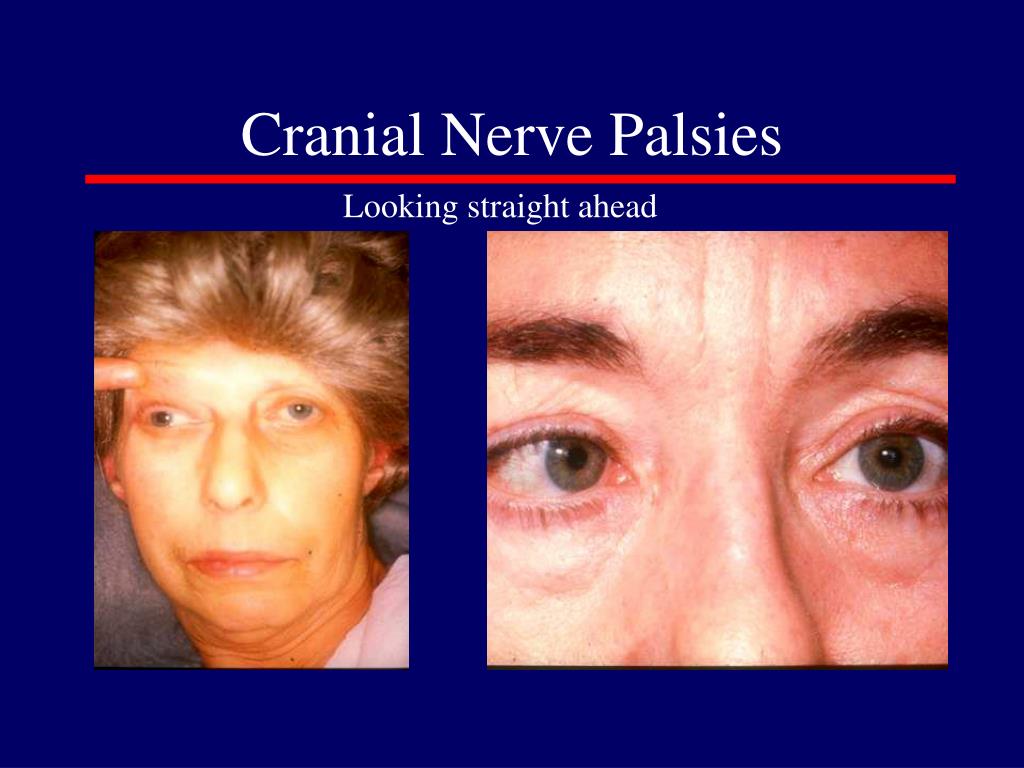

There is axonal loss in the short posterior ciliary nerves. Īberrant reinnervation of the iris sphincter by fibers meant for the extraocular muscles or the ciliary body.ĭamage to the retina or optic nerve results in a decreased light response, but the near response is normal.Īberrant reinnervation of the iris sphincter following damage to the short posterior ciliary nerves. The condition is classically described in patients with tertiary syphilis, is common in diabetes, and may happen in encephalitis.Īberrant reinnervation of the iris sphincter by accommodative fibers. The distinction between the light-reflex and near-reflex pathways forms the basis for some forms of pupillary light-near dissociation (i.e., pupils that do not react to light but react to near stimuli) in which the dorsal midbrain and pretectal nuclei are damaged, but the near-reflex pathways and the Edinger–Westphal nuclei are spared. Tectum of the midbrain (loss of pretectal light input to the Edinger–Westphal nucleus). Where is the lesion in a patient with light-near dissociation due to Argyll Robertson pupils ? Ocular surgery (laser panretinal photocoagulation, cryotherapy orbital surgery)Į. Severe loss of afferent light input to both eyes (retina, optic nerves, chiasm)ī. Tadpole pupil may occur multiple times for several days or a week and then disappear.Ī. The pupil undergoes sectoral dilation lasting for a few minutes before returning to normal (segmental spasm of the iris dilator muscle). It is a benign phenomenon that is spontaneously reversible. Tadpole pupil is an irregular pupil that resembles a tadpole. What are paradoxical pupillary reactions? Where is the lesion in a patient with light-near dissociation due to peripheral neuropathy?ġ1. What is the mechanism of light-near dissociation due to laser panretinal photocoagulation or cryotherapy?ġ0. What is the mechanism of light-near dissociation due to severe vision loss?ĩ. What is the mechanism of light-near dissociation due to aberrant regeneration of the 3rd nerve?Ĩ. What is the mechanism of light-near dissociation due to Adie tonic pupil?ħ.

Where is the lesion in a patient with light-near dissociation due to Adie tonic pupil?Ħ. What is the mechanism of light-near dissociation due to Argyll Robertson pupils?ĥ. Where is the lesion in a patient with light-near dissociation due to Argyll Robertson pupils?Ĥ. What are 6 causes of light-near dissociation?ģ.


 0 kommentar(er)
0 kommentar(er)
